Health Benefits of Pineapple

High Seas and Vitamin C
Despite its rough exterior, the pineapple is a symbol of welcome and hospitality. This dates from the 17th century, when American colonists braved dangerous trade routes to import pineapple from the Caribbean Islands and share it with guests. Pineapple is also quite hospitable to your immune system: One cup has more than 88% of your daily value of cell-protecting, collagen-making vitamin C.

High in Manganese
The mineral manganese plays an essential role in the way your body metabolizes food, clots blood, and keeps your bones healthy. One cup of pineapple has more than half of the manganese you need every day. This mineral is also present in whole grains, lentils, and black pepper.

Loaded With Vitamins and Minerals
In addition to large amounts of vitamin C and manganese, pineapples add to your daily value of vitamin B6, copper, thiamin, folate, potassium, magnesium, niacin, riboflavin, and iron.

Good for Digestion
Pineapples are the only known food source of bromelain, a combination of enzymes that digest protein. That’s why pineapple works as a meat tenderizer: The bromelain breaks down the protein and softens the meat. In your body, bromelain makes it easier for you to digest food and absorb it.

All About Antioxidants
When you eat, your body breaks down food. This process creates molecules called free radicals. The same goes for exposure to tobacco smoke and radiation. Pineapples are rich in flavonoids and phenolic acids, two antioxidants that protect your cells from free radicals that can cause chronic disease. More studies are needed, but bromelain has also been linked to reduced risk of cancer.
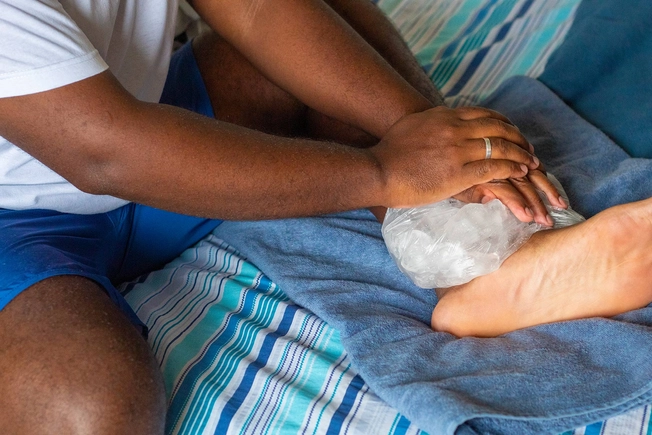
Anti-Inflammatory and Analgesic Properties
Bromelain, the digestive enzyme in pineapple, has anti-inflammatory and pain-relieving properties. This helps when you have an infection, like sinusitis, or an injury, like a sprain or burn. It also offsets the joint pain of osteoarthritis. The vitamin C in pineapple juice also keeps inflammation levels low.
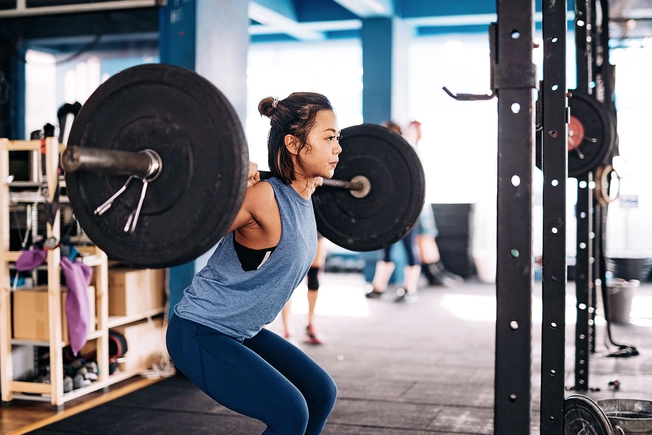
Post-Workout Recovery
Intense workout? The anti-inflammatory benefits of the bromelain in pineapple can help muscles recover quicker and keep you from feeling sore.
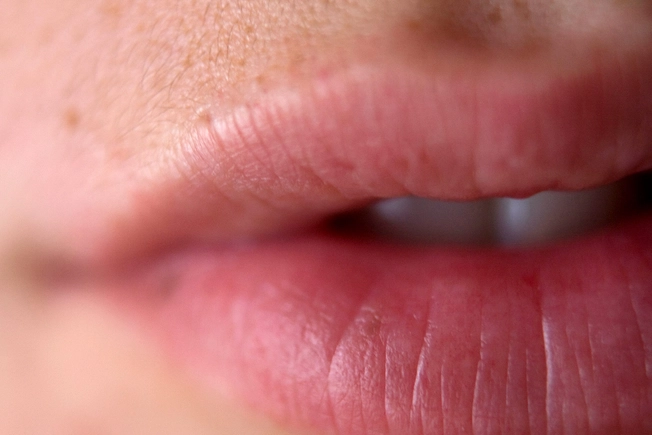
Tingle vs. Allergy
Fresh pineapple can make your mouth tingle or burn. That’s because our tissues are made of protein, and the bromelain in pineapple breaks down protein. This is normal. It’s temporary and doesn’t mean you’re allergic to pineapple. It may help to eat a dairy food along with the fruit.

The Real Pineapple Allergy
The most common allergic reaction to pineapple is swelling, hives, or trouble breathing. If you have a latex allergy, you may also be allergic to pineapple.
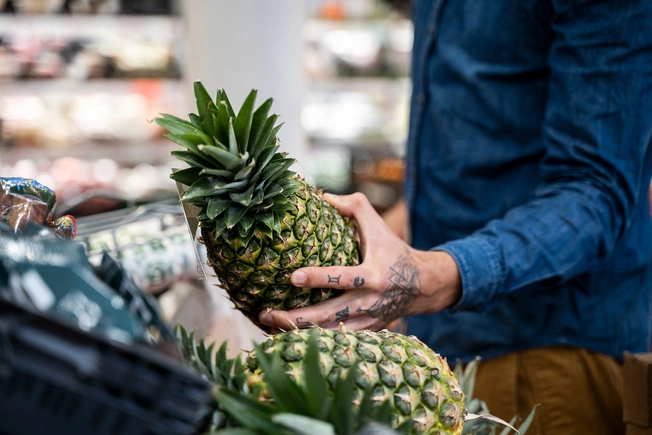
How to Select a Pineapple
Smell the end of the pineapple first. Does it smell like pineapple? Good. Does it smell fermented? Keep looking. It should feel heavy and not have any soft spots or bruises.
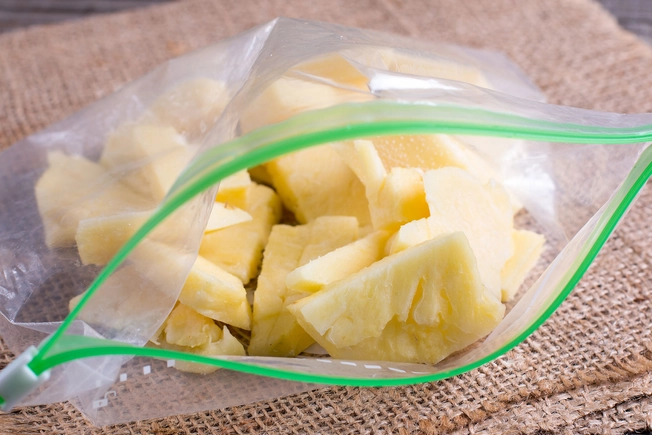
How to Store Fresh Pineapple
A ripe, whole pineapple will keep on the counter for 2-3 days. Once you cut it, it’ll stay good in the fridge for 5-7 days, or in the freezer for 6 months or more. You can store it on its own or in its juice.
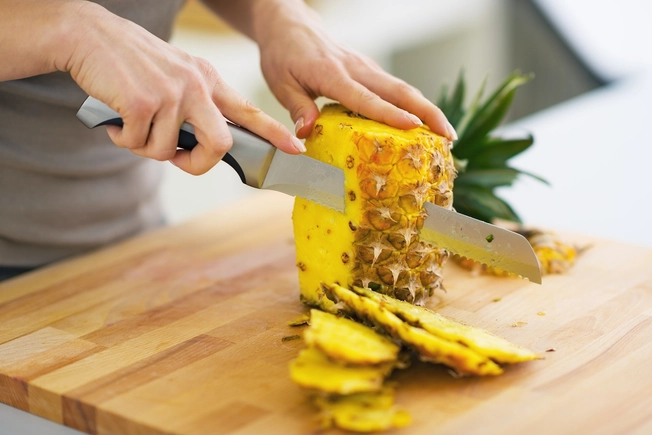
How to Cut Fresh Pineapple
They may be the world’s friendliest fruit, but pineapples can be confusing to cut. Here’s how to get from the rough skin to the juicy fruit: Cut off the top, also called the crown, and the bottom. Dig out any “eyes” left behind. Stand it up and slice off the outer skin from top to bottom. Cut it in half from top to bottom, and then cut those halves into quarters. Slice off the core from all four pieces, then cut into smaller chunks.
